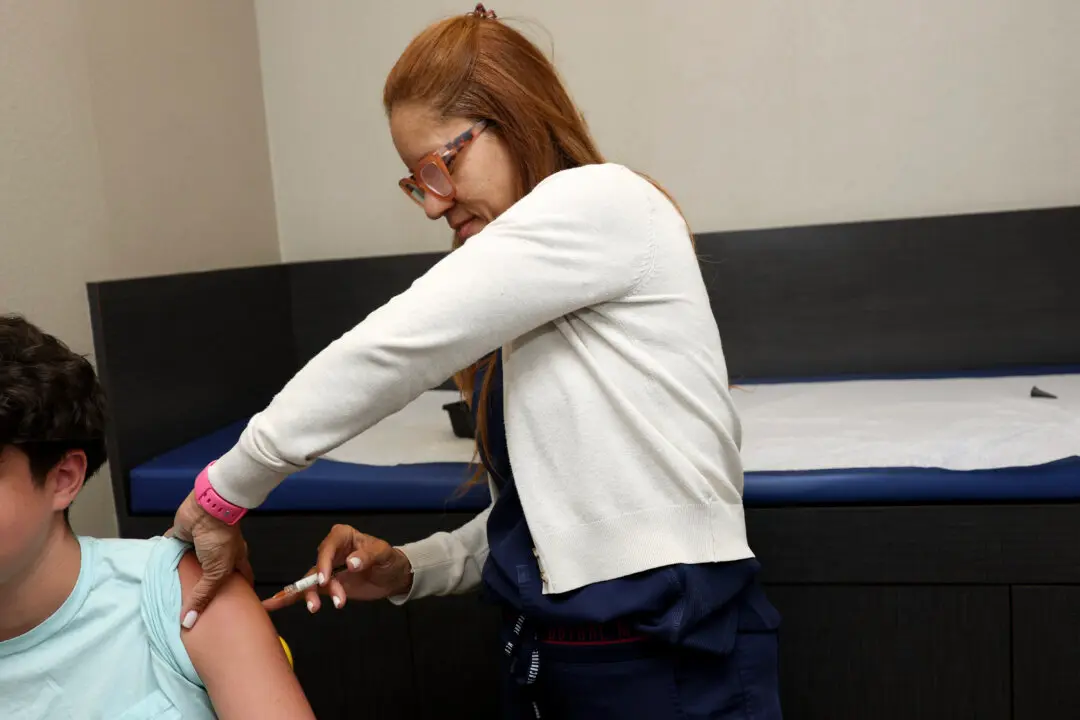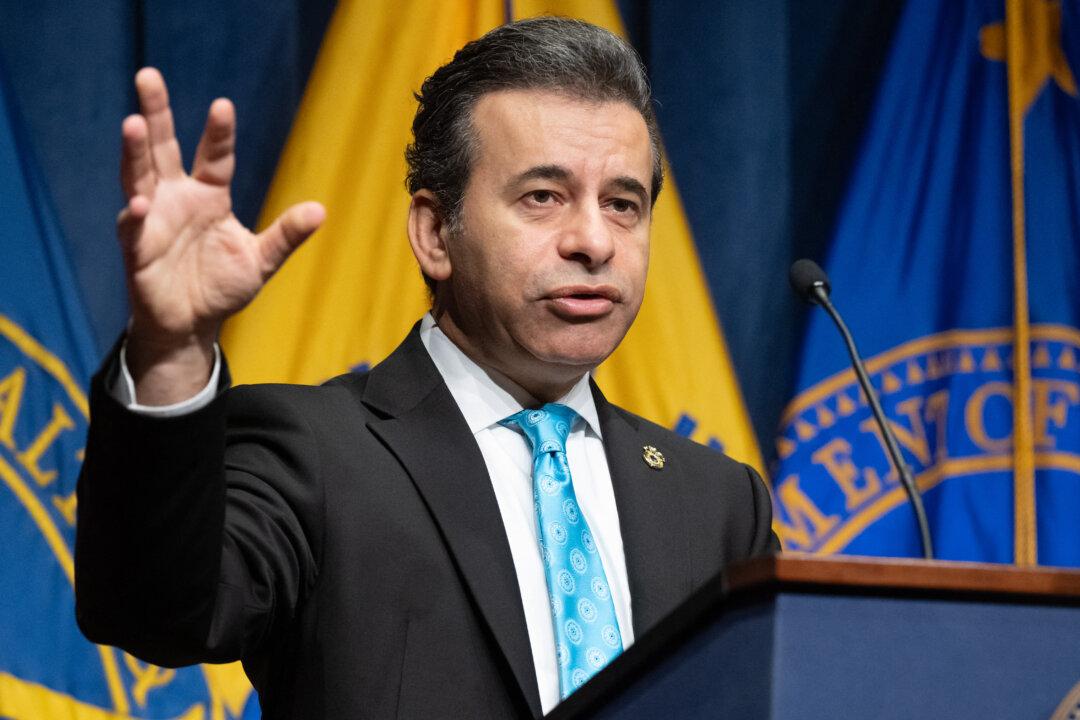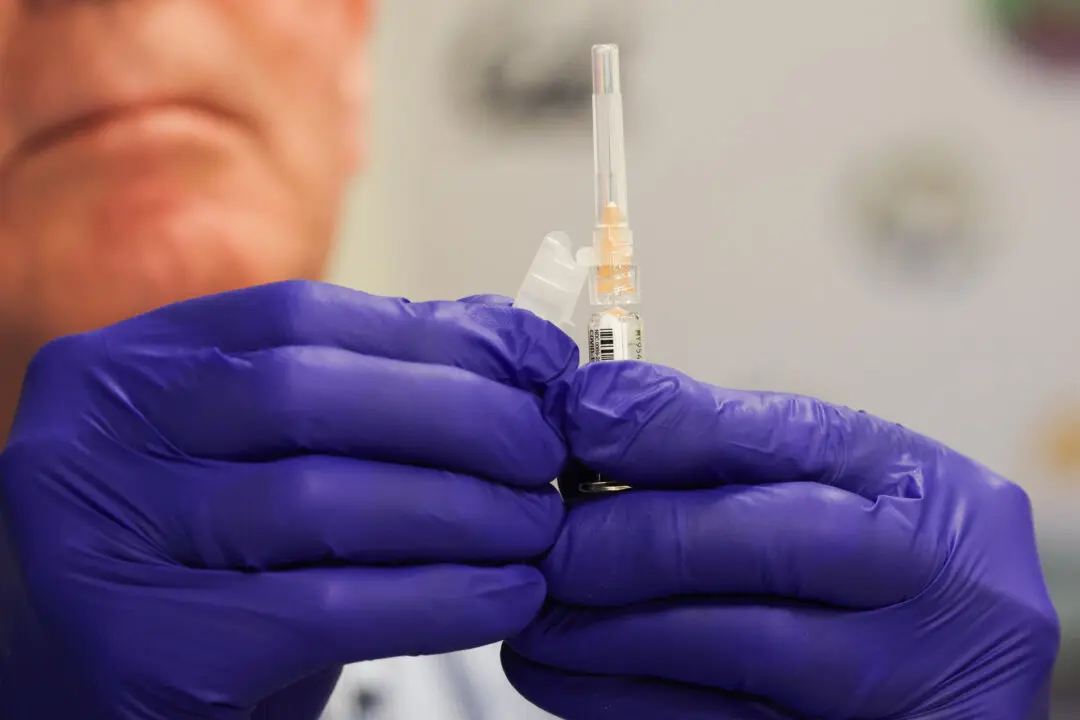Eighty-two percent of Americans are satisfied with their personal lives, according to a Gallup survey released on Feb. 3.
The percentage, the lowest since 2013, is a decline from the record 90 percent who expressed satisfaction in January 2020, according to pollsters who surveyed a random sample of more than 1,000 U.S. adults from Jan. 4 to Jan. 15.





